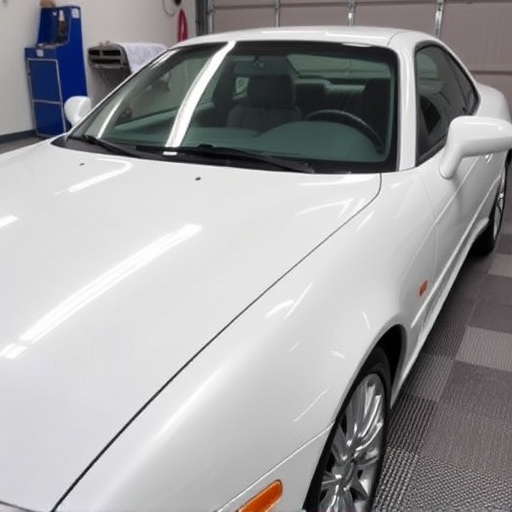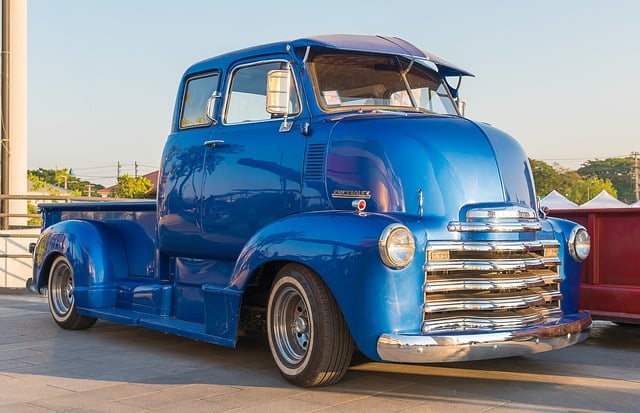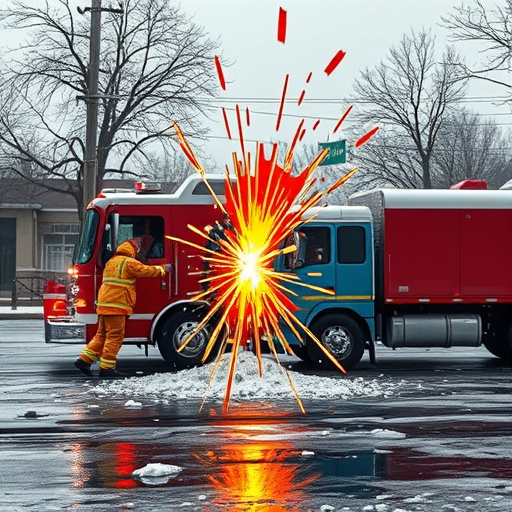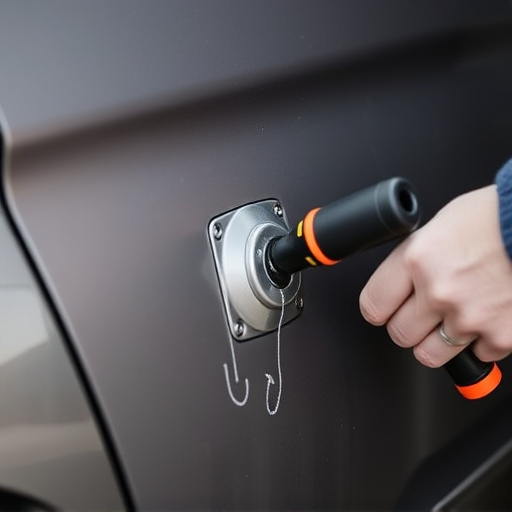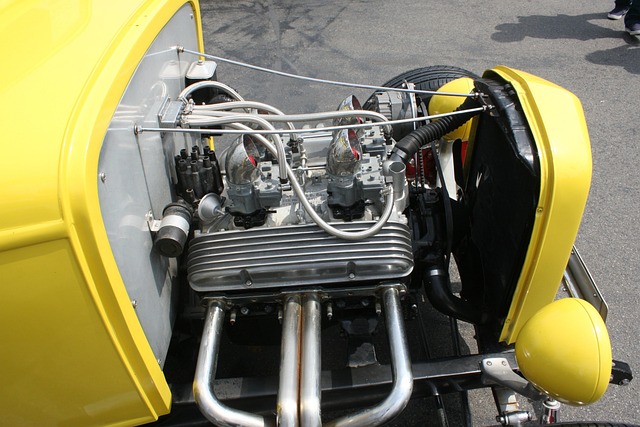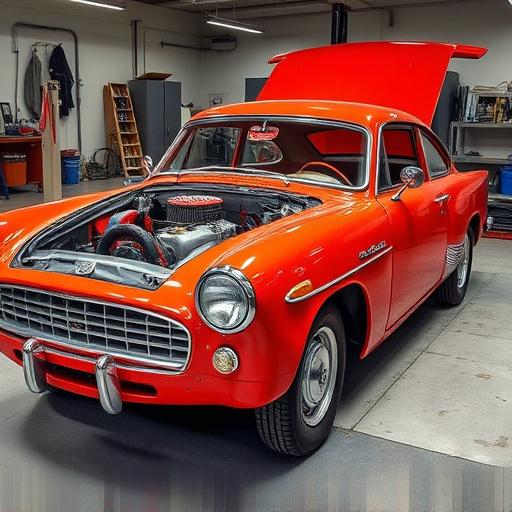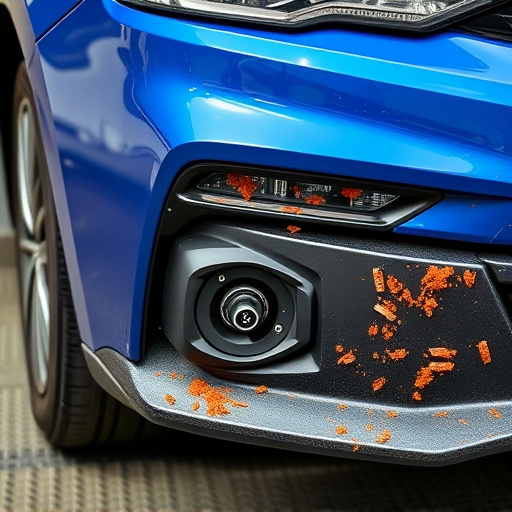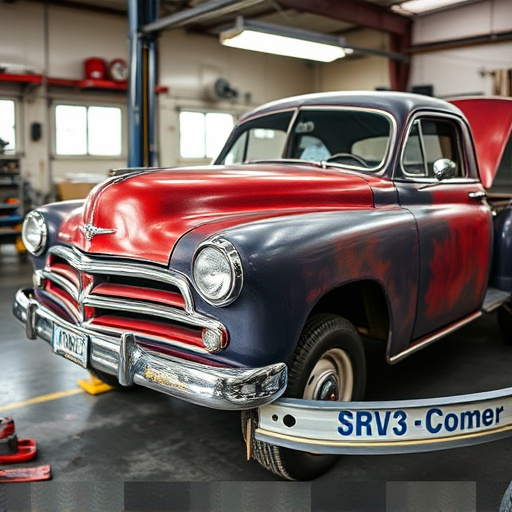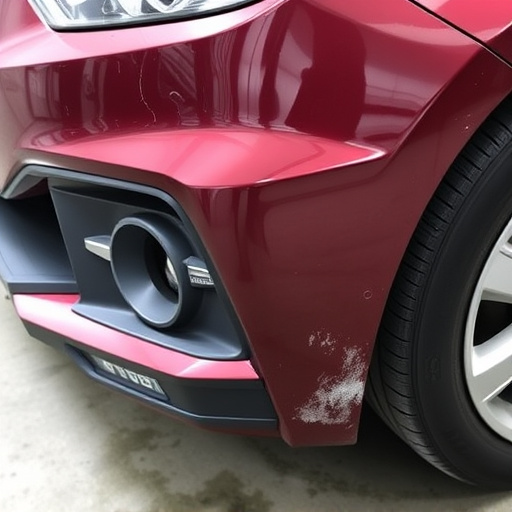Rocker panel replacement is a critical aspect of automotive maintenance, addressing structural damage that can compromise both performance and aesthetics. Skilled technicians use specialized tools and structural adhesive bonding techniques for secure, durable repairs. Adhesives offer advantages over traditional methods like riveting or welding, providing quicker repair times, minimal metal fabrication, cleaner finishes, and versatility in bonding materials. When choosing an adhesive for rocker panel replacement, consider one with high strength and corrosion resistance, ensuring long-lasting, seamless integration of new panels with the vehicle's body.
“Rocker panels, integral components of a vehicle’s body, require periodic replacement due to wear and tear. This article serves as a comprehensive guide to navigating the process of rocker panel replacement, focusing on the pivotal role of structural adhesive bonding. We’ll delve into the basics of this repair method, explore why it’s crucial for long-lasting solutions, and provide insights on selecting the appropriate adhesive for optimal results. By understanding these aspects, you’ll be equipped to ensure a robust and lasting fix.”
- Understanding Rocker Panel Replacement: The Basics
- The Role of Structural Adhesive Bonding in Rocker Panel Repairs
- Choosing the Right Adhesive for Optimal Bonding and Longevity
Understanding Rocker Panel Replacement: The Basics
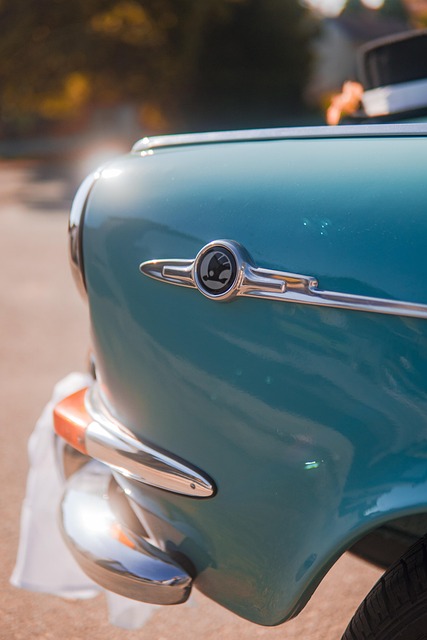
Rocker panel replacement is a critical aspect of automotive maintenance and restoration. These panels, located along the sides of a vehicle below the doors, play a significant role in structural integrity and exterior aesthetics. Over time, rocker panels can become damaged due to road debris, rust, or accidents, compromising both the car’s appearance and safety.
When considering rocker panel replacement at an auto repair shop or automotive body shop, it is essential to understand the process. Skilled technicians use specialized tools and structural adhesive bonding techniques to ensure a secure and durable fix. This involves carefully removing the damaged panel, preparing the underlying surface, applying the adhesive, and then replacing and securing the new panel. Proper execution of these steps guarantees not only a seamless fit but also enhances the overall car restoration process, ensuring your vehicle looks and performs its best on the road.
The Role of Structural Adhesive Bonding in Rocker Panel Repairs
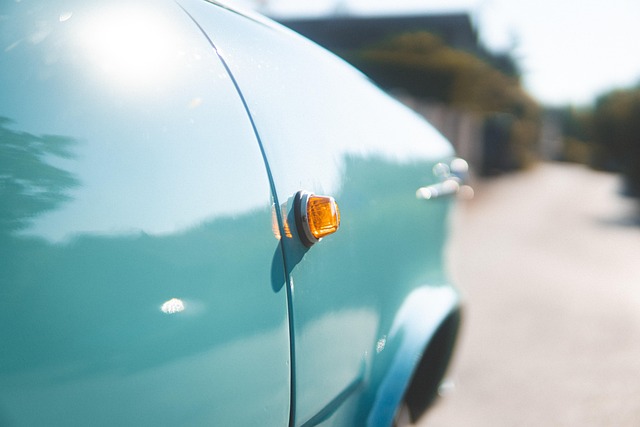
Structural adhesive bonding plays a pivotal role in rocker panel replacement, offering a robust and durable solution for auto body repair. When a car’s rocker panel—the vertical panels that run along the sides of a vehicle connecting the doors to the floor—sustains damage, traditional methods like riveting or welding might not be enough to restore its structural integrity. This is where adhesive bonding steps in as an innovative alternative. Adhesives provide excellent bond strength, ensuring the new rocker panel seamlessly integrates with the existing car body, restoring both form and function.
Compared to conventional joining techniques, adhesive bonding in auto body restoration offers several advantages. It facilitates quicker repair times, minimizes metal fabrication, and results in a cleaner finish. Moreover, structural adhesives are versatile, capable of bonding various materials used in modern vehicles, from fiberglass to aluminum. This versatility makes them indispensable for complex rocker panel replacements, ensuring the longevity and safety of the vehicle’s structural integrity.
Choosing the Right Adhesive for Optimal Bonding and Longevity
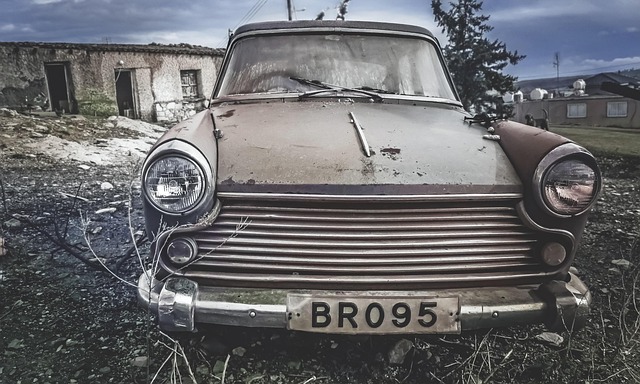
When undertaking a rocker panel replacement, selecting the appropriate structural adhesive is paramount to achieving optimal bonding and ensuring the longevity of the repair. The right adhesive should possess excellent adhesion to both the existing car body panels and the new rocker panel, resisting environmental factors like UV exposure and extreme temperatures.
Considerations for choosing an adhesive include its chemical composition, flexibility, and cure time. For auto body work involving rockers, a two-component epoxy adhesive is often recommended due to its high strength and resistance to corrosion. Additionally, ensuring compatibility with the materials used in your car damage repair or auto body work will prevent issues during the bonding process.
In conclusion, rocker panel replacement is a crucial aspect of vehicle maintenance, enhancing both aesthetics and structural integrity. Structural adhesive bonding emerges as a game-changer in this process, offering superior strength and longevity compared to traditional methods. By understanding the basics of rocker panel replacement and selecting the right adhesive, car owners can ensure optimal bonding and protect their vehicles from future damage. This approach not only preserves the vehicle’s value but also contributes to safer driving conditions.

